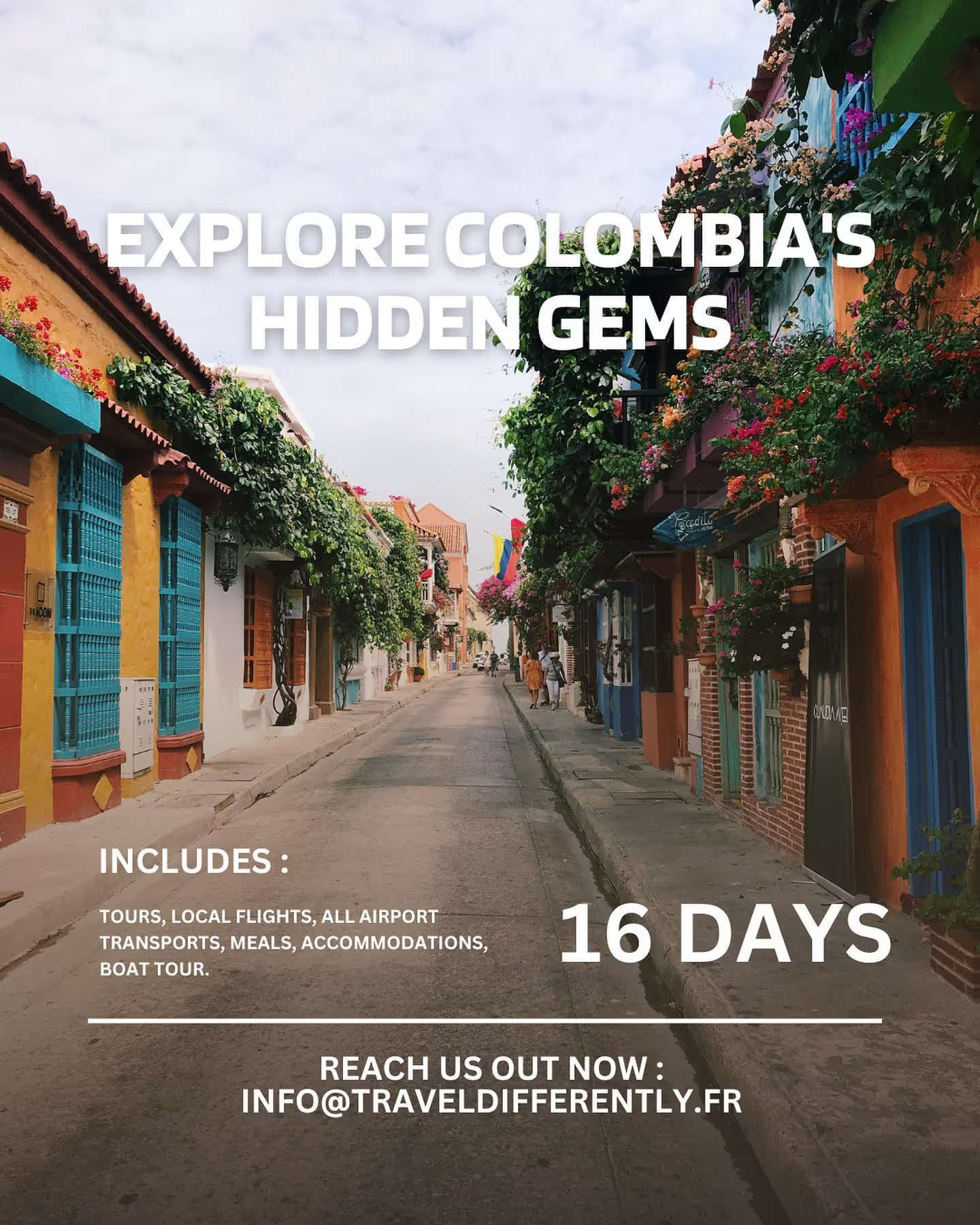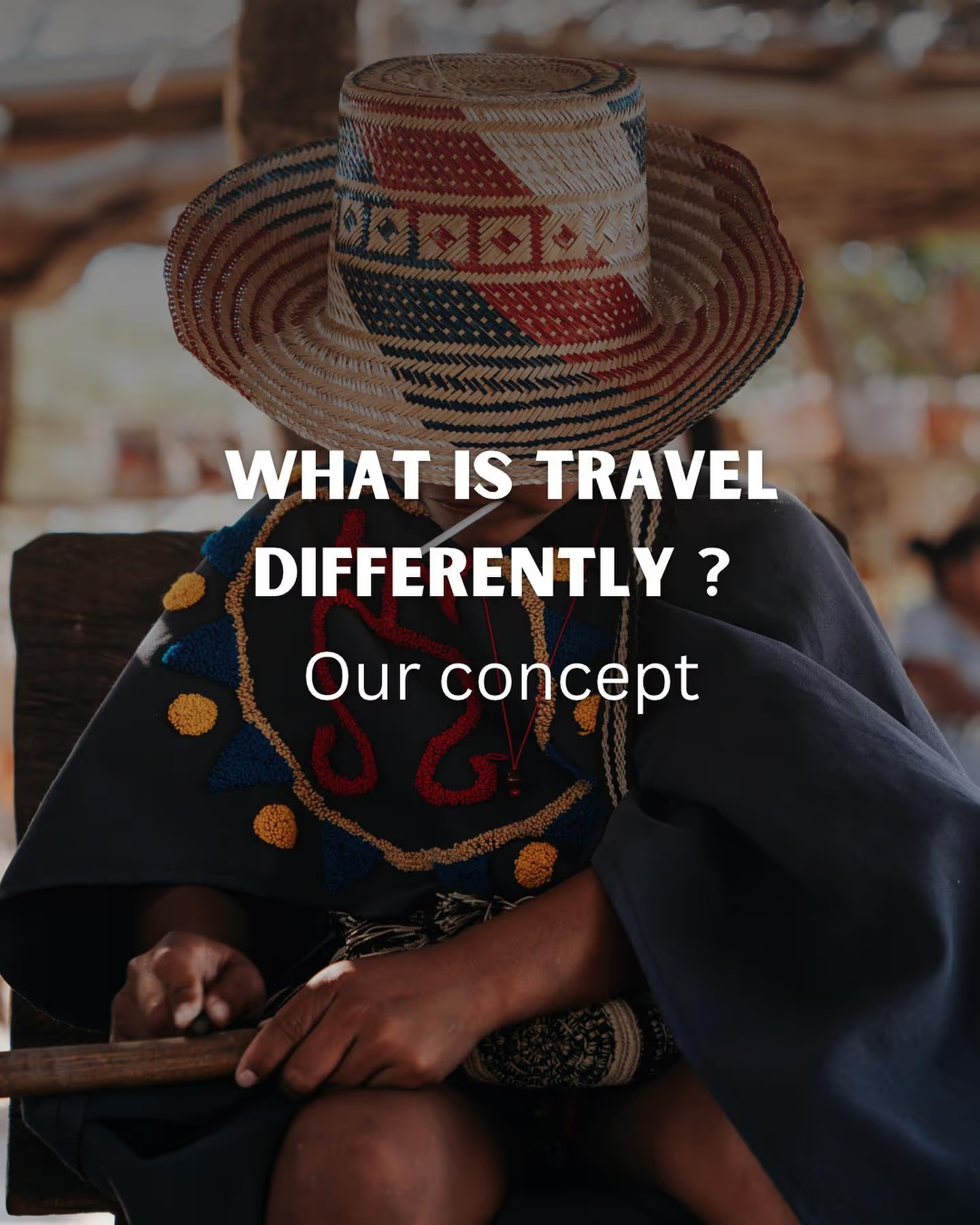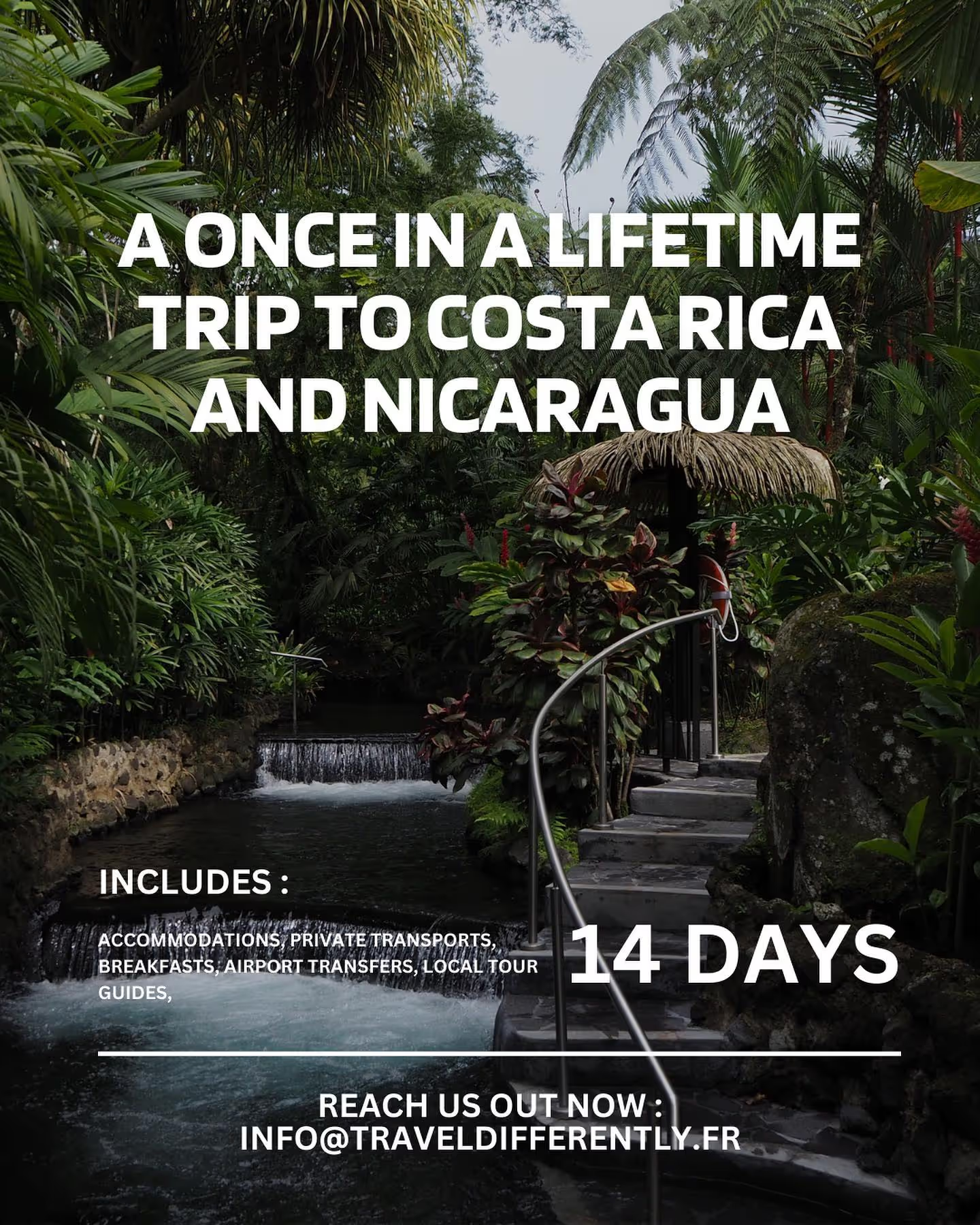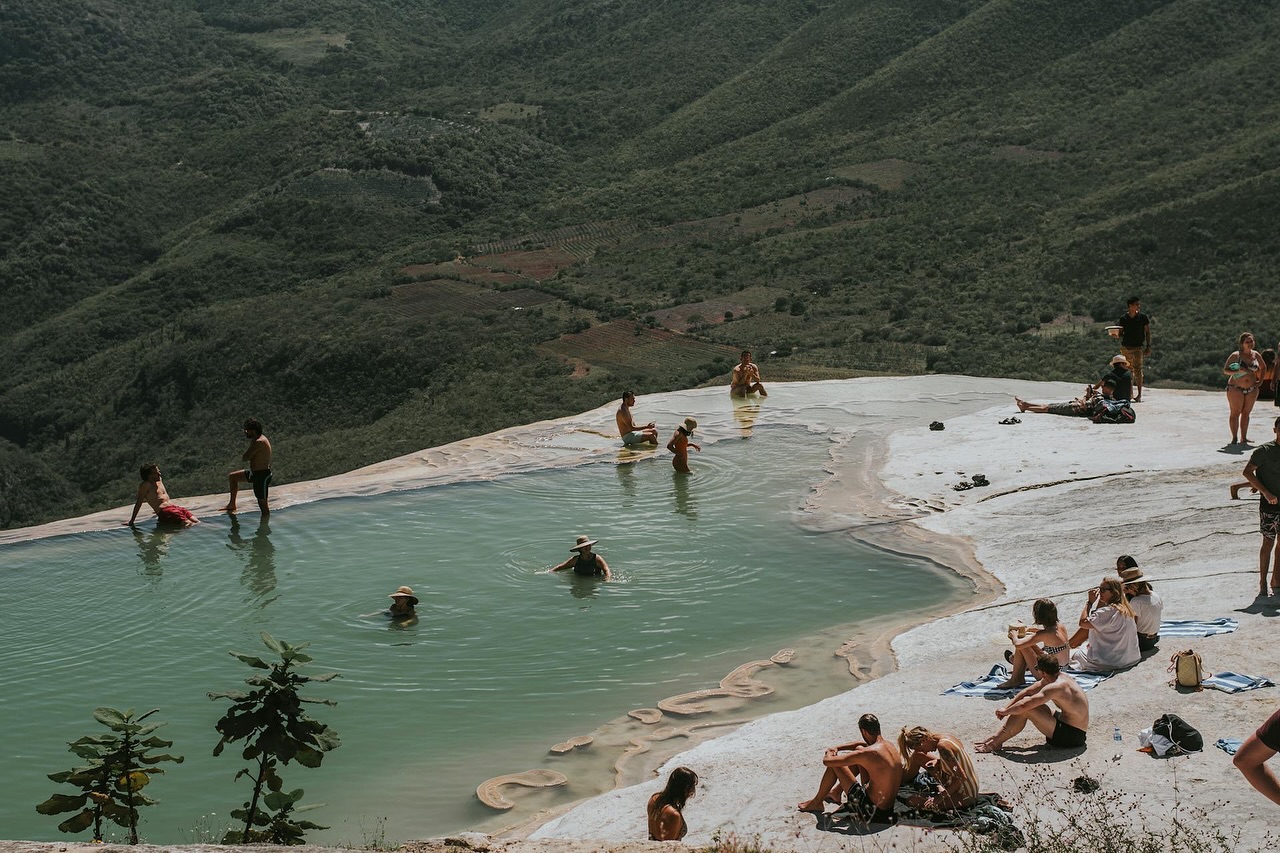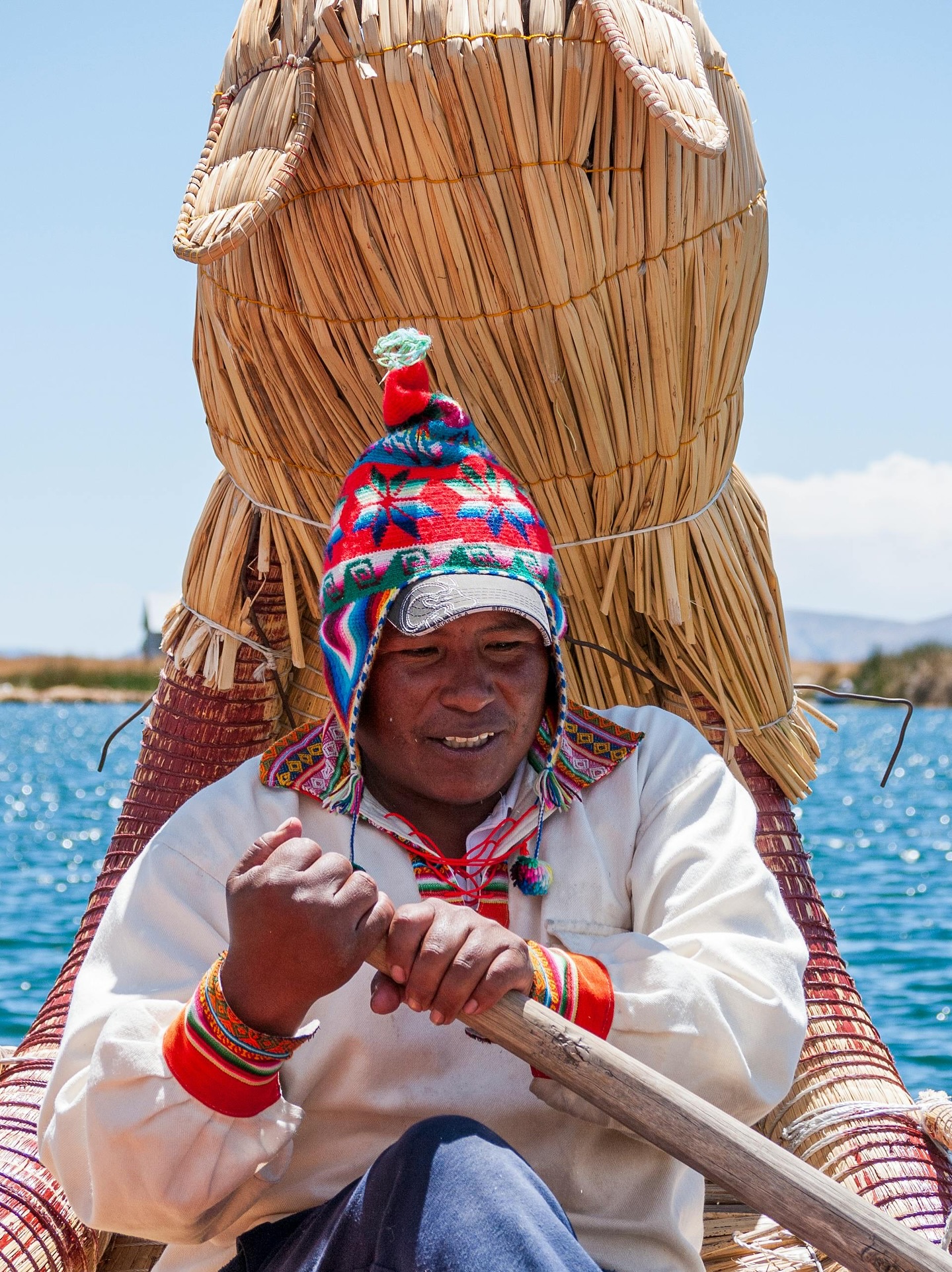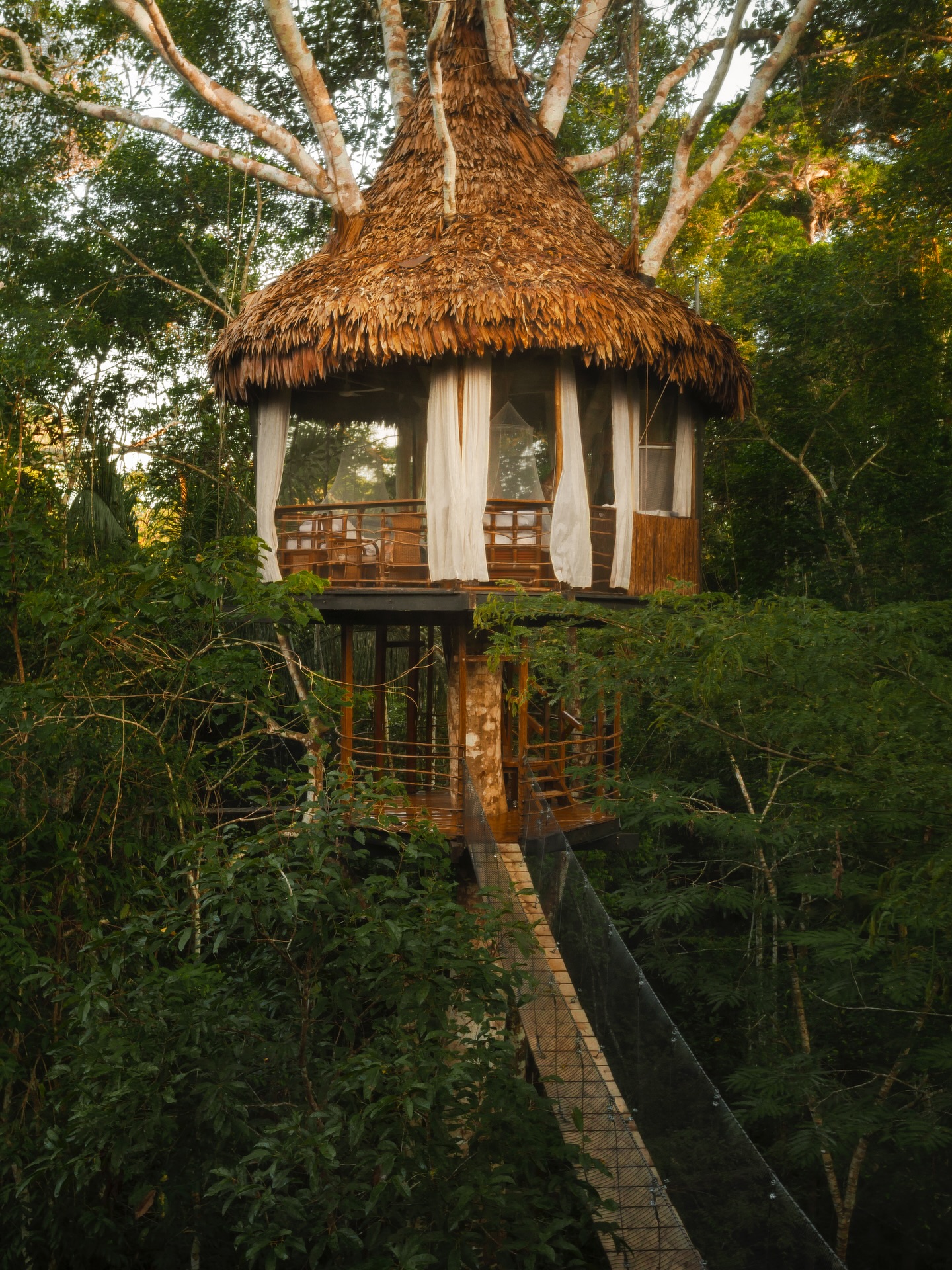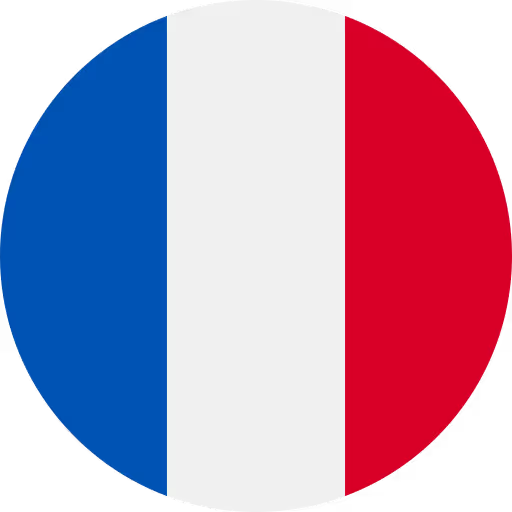PART 1:
DAY 1
Arrival day to Cusco, evening briefing.
Today meet at the joining hotel at any time.
Ideally we will have a briefing around 6pm to go through important trip information, take final payments, hand out any equipment being rented.
Your hotel with breakfast is included. Located in the Bohemian neighborhood of San Blas, just a few blocks and a 10 minute walk from the main square of Cusco centre. 😎

DAY 2
Cuscocity tour, free afternoon in Cusco.
This second day in Cusco is a preferred requirement to further adjust to the elevation. You are already at 3400m but the next day you will be between 3600m and 4300m (really 😱) for this reason we need everyone to be ready and able to handle the higher elevations in the days ahead.
In the morning, we will offer a short walking tour with our English-speaking guide to give you a very good introduction to the Inka capital. 🛖
Tour on foot (9-11am). By walking, it is easy to get to most popular spots such as the cathedral, San Pedro market, the Bohemian part of Cusco known as San Blas, and the famous pedestrianized stone street of ‘hatumrumiyoc’. Cusco historical centre is relatively concise and takes only some minutes to cross the main blocks and cobbled streets.
Once the tour has finished, you can decide to visit any museums or temples around the city or have lunch. If you would like us to arrange anything else, such as a cookery class or horse riding, or visits to the Inka Planetarium then this is an additional cost. Otherwise this will give you time to prepare your kit for the trek ahead.
Overnight Cusco Hotel in San Blas with included breakfast.

DAY 3
Qeros trip – day 1.
Are you ready to awaken the explorer within you, that wants to traverse a very special off-beaten-track! 🤫
Then we invite you to join us on this mystical journey to the community of the Q’eros people and the living, breathing reality of the Andean Cosmo vision!

INTRODUCTION TO THE QEROS EXPERIENCE :
The Qeros community is made up of five tiny villages, all comprised of humble stone houses in the Peruvian Andes. Collectively, the community is home to 600 people and 6,000 llamas and alpacas.
They have remained mostly isolated for the last 500 years. Their contact with the Peruvian government and church is extremely rare, allowing them to preserve the ancient knowledge that they acquired directly from the Incan period.
The translation of Q’ero is “Sacred Glass”, and is a tool that is used formally in rituals. It signifies the acquisition of knowledge. The meeting of such an untouched indigenous community is a rare and inspirational experience. Ceremonies, along with daily life, are pure and far removed from anything we might expect from a modern civilization. It is a chance to perceive Pachamama through the eyes of the Q’eros, and to understand the ways in which they interact with each other and their environment. Despite the harsh and basic conditions that they live in, sharing with the Q’eros community is heart opening and enlightening.
During this journey we will be enjoying breathtaking and challenging treks through the astonishing High Andes, and will have the unique opportunity to take part in the sacred practices of the Q’eros, which include devotion to Pachamama, as well as an introduction to the ancient initiation of Hatun Karpay (Great Initiation). The Q'eros have been conducting these initiations since the Incan Empire, and they have been the only ones to preserve these traditions.
Itinerary:
- You will depart after breakfast. Then drive to Ocongate (3 hours) for Lunch and meet the first Qeros family.
- From there, you will receive a Coca Leaf Reading and Despacho (offering to Pachamama) to request blessings and permission for the journey.
- There may be the opportunity to visit the town and market depending on time and schedule.
- Accommodation is rustic, in rooms with mattresses and extra blankets if you need them
- Dinner and accommodation at cozy Qeros guesthouse with beautiful views of the Sacred Mountain Ausangate
- Once we leave the road, we hike on a spectacularly beautiful scenic trail for 4 hours before arriving to a beautiful lake, where we will receive our ceremony of Despacho and take lunch
- We then continue to the Qeros community itself another 2 hours.
DAY 4
Qeros trip – day 2.
After breakfast we head out on a dirt road for 3 hours to start the trek to the high, remote mountain village of Perki. Once we leave the road, we hike on a spectacularly beautiful scenic trail for 4 hours before arriving to a beautiful lake, where we will receive our ceremony of Despacho and have lunch.
We then continue to the Qeros community itself another 2 hours.
After a long day, we will finally meet the Qeros people and be received with a warm welcome.
In the evening we have a local Q´eros dinner and sleeping will likely be on the floors of these houses on mattresses.
Accommodation (basic) in Qeros village homes. Mattresses and sleeping bags/blankets provided.

DAY 5
Qeros trip – day 3.
Energizing breakfast, before hiking to a powerful mountain (2 hours) for the Great Initiations (Hatun Karpay).
Lunch picnic in beautiful mountain scenery and hike back to the Q’eros village and receive the Nusta Karpay (Seven Goddess) Initiations.
Here you will see a fragment of the Nusta Kuna Karpay Rites, but what does it exactly mean? 🤔
In the Andean spiritual tradition the Nusta Kuna represents the Goddesses and Sacred Archetypal Feminine energies of Nature. They are the original princesses and Goddesses of the Andean cosmology, coming from the great mountains and sacred lakes in Peru.
Is it good for everybody?
The Nusta Karpay Rites are open to both men and women, and are available to everyone regardless of their spiritual orientation.
If you wish to heal the Divine Feminine within yourself, and carry that healing into the world, or you just want to bring greater peace and unity to our planet and unity to our planet, this ancient Rite is the best for you.
What effect will it bring you?
These initiations have a deep effect, they support and accelerate your spiritual growth. They help you find a new balance with yourself, connected with the healing of Mother Earth.
The Nustas have gentle yet powerful energy; to deeply heal and restore the balance of the feminine aspect not only within yourself but with the feminine in all of creation. Many people have closed hearts due to the pain they have suffered in some way in life. They do not trust their own hearts to be exposed to anyone fully, and perhaps not even themselves.
Therefore, in order to walk the path of a healer, you must be willing to work on yourself first and to learn to trust and open your heart more and more. You must be willing first to heal your own heart before you try to work on others, in this sense. As you cleanse the layers of hucha (heavy energy) from your heart, then your sacred sight becomes even clearer.
In our Q'ero Trek you can experience the opening of the Munay (the energetic power of love situated in your heart and correlated to the fourth chakra) in the first part of the initiation called Hatun Karpay: in this phase, the Shaman will open the nine gates of your heart to soften it and make it express itself in all its aspects.
The nine gates (also called the temples of the heart) are the following: temple of joy, sadness, humility, hope, anger, ego, harmony, sweetness and wisdom. This step is so important, especially for Inca shamans and Inca people.
Why?
Because without opening and activating the heart, one may not proceed further on the path. All actions of healing must be done with integrity and integrity can only come when you act from the heart.
Once your heart is free and open, you will gain more personal power. You will be able to more precisely draw upon the light and pure living energy from the universe in unfathomable ways.
Once you face your pain and open your heart more and more, you will have the Munay necessary to create deeper and deeper connections and relationships with all of life on Mother Earth.
Strenthening your connection to all of nature with love, respect and integrity helps you be able to communicate and hear nature so you can call upon the support you need and give back that support. In essence, it is truly how can become a caretaker of Pachamama.
All these things together and much more demonstrate the profound value and significance of Munay.
Local dinner and sleeping in tent accompanied by the sounds of absolute silence.
Accommodation (basic) in Qeros village homes. Mattresses and sleeping bags/blankets provided
%2520(1).avif)
DAY 6
Qeros day 4, transfer to Sacred Valley.
We start with a local breakfast and say goodbye to the community of the past two days where we stayed.
We will then start the half-day drive back to the Sacred Valley. We transfer to Pisac (15 minutes) where we can take time for lunch and catch up on wifi in a café. From then we can check into our hotel take a hot shower and fresh clothes and do some further exploration of this pretty town or its ruins if we still have the energy.
Explore at leisure the town square full of cobbled market streets and shops.

PART 2:
DAY 7
Travel through the Sacred Valley visiting working Inka Salt Terraces trek to a Corn beer tavern. 🧂
At around 9 am we head off and go to the viewpoint of the Salineras Salt terraces. The Salt Terraces of Maras are thousands of small plots of land where salt precipates naturally forming deposits all around, the salt is then taken and processed to becoming what we have on our dinner tables in Cusco and elsewhere. Salt ornaments as well as bath-salts, spiced salts and salty chocolate are all for sale at the various shops located on-site. It then will be possible to trek down to the Sacred Valley in 40 minutes and have the car meet us there.
We then drive another 30-40 minutes alongside the river Urubamba to Ollantaytambo town. On the way, we could offer to stop at a Chicha house – a local tavern where they make corn beer. Learning the process of the staple drink of the Peruvian Andes.
At lunch, we can have in a typical restaurant and to conclude our first part of the day.
We can then decide to rest in town/homestay where they can offer workshops such as ceramics. Or we can take a short half-day hike on some nearby trails. Then to our homestay in the community of Chichubamba.

DAY 8
Drive to Ollantaytambo and visit town (ruins optional) travel by road to Santa Teresa (option to take Mountain bikes and raft along the way.
We would start around 7-7.30am from Urubamba. We drive just 30 minutes to Ollantaytambo where we can get coffee/snacks.
Around 8.30 we will then depart up a continuously snaking road up to the pass of Abra de Malaga at 4450m with some astounding views of the Veronica glacier if clear enough (can often be misty) and dramatic scenery behind us.
Snaking roads on one side, and Banana plantations on the other
At this point those who wish to hire mountain bikes will take around 2 hours to descend on the road, we then glide down the other side into the denser vegetation which soon transforms into more tropical like growth, banana plantations quickly appear everywhere and humidity becomes suddenly obvious. This takes about 2.5 hours.
Extra costs $40 USD per person all equipment provided and led by bike instructor/guide.
NOTE - You should have a good level of experience of bike-riding, however, there are no serious physical/technical challenges, as it is downhill and on the right road.
We stop for a buffet lunch in beautiful surroundings and a chance to visit a small Inka site called Huamanmarca.
We will then drive half an hour to the town of Santa Maria and embark on our rafts to take on the Rio Santa Teresa.
Rafting can be done as a beginner, river grades 2-3 max. 1.5 hours in the river. Includes briefing & safety equipment, professional raft guides, transport. Arrangements should be made 24 hours in advance.
We then arrive at the hot springs of Cocalmayo where we can relax until sunset.
We then head to the community of Lucmabamba and stay next to the coffee plantations with Sonia, Walter and their children Rodrigo and Bridget.
Included – breakfast, box lunch, hot-springs entry fees, Dinner, trek leader, transport where applicable, accommodation in a homestay, towels and showers.

DAY 9
Tours of the coffee plantations and trek part Inka Trail to ruins of Llactapata. Lodge & Machu Picchu panoramic viewpoint.
In the morning, we start with an interactive coffee tour with the native people of the area and demonstrate the traditional methods of which they organically cultivate their coffee plantations. There will be an opportunity for everyone to toast and grind the coffee beans as well as try their organic coffee. You can buy products from them if you wish.
We will then continue through the coffee and banana plantations, we can also look out for granadillas - a member of the passion fruit family, yucca and avocados. After lunch, a walk uphill of around 700m and 3 hours takes you through beautiful garden-like scenery. Fruit trees, flowers, coffee and banana plantations are in abundance.
Some of the path is ancient Inka Trail and just over 3 hours with stops you should arrive to the most wonderful view over to Machu Picchu. Here there are some Inka Tambos (Small rest houses) known by the name as Llactapata. We walk from here down until 15 minutes to our rustic mountain lodges.
Llactapata was supposedly an Inka site or religious temple with incredible energies. We try to appreciate this remarkable site and view point to Machu Picchu by getting there when there are no groups and it will be peaceful. We then descend with another 30 minutes to our simple lodges but incredible viewpoint that offer what is hopefully an amazing panoramic for both the sunset and sunrise.
Ascent: 3-3.5 hours/4.5 miles’ – 6900 ft to 8950 ft. Descent: 0.5 hours/1 mile 8950m – 8530 ft
Included – breakfast, box lunch, coffee tour, dinner, trek leader, transport where applicable, accommodation, towels and showers.

DAY 10
Trek from Llactapata to Hydroelectric and hike to Mandor waterfalls on the railway to finish in Aguas Calientes/Machu Picchu village.
After breakfast, we hike downhill for 2 hours to the start of the railway known as ‘hidroelectrica’. Around 10 am, we can continue on a flat section along the railway for 2 hours.
Lunch will be taken at a spot about half-way along the railway - there could be the option to detour at some local waterfalls known as ‘Mandor garden’. Depending on time and trek stamina.
We should arrive to Aguas Calientes (Machu Picchu village) by late afternoon. At this time we can relax once checked into the hotel. We offer a free evening to decide where you want to eat as dinner is not included for the final evening. We will arrange for the guide to meet you in the reception at some time in the evening so you have the plan fresh for the next morning when you go to Machu Picchu.
Descent: 2 hours/3.5 miles – 8530 ft to 6590 ft + Level walking: 3 hours/6.5 miles
Note - There is a train to take 2 times daily to get to Machu Picchu village in 1 hour. It is an extra cost of $33 USD and can be purchased on the day. 2.50pm is the only ideal train.
Accommodation: Aguas Calientes decent hotel. Mantu Boutique 3 stars.
.avif)
DAY 11
Machu Picchu guided visit and return by train and road to Cusco
Today is the day to visit the ruins of Machu Picchu. We start after breakfast around 7.30am before taking a 25 minutes shuttle bus to the main entrance where we meet our guide and go inside to explore and some personal time with photos. We then proceed on a tour of the main citadel with the guide and the most important parts of this Inka City. Our time slot only allocates us a few hours to enjoy, but with an early start people will be getting hungry early too, so we can head down to get lunch in town and then board our train at 2.30, 2.55, or 3.20pm to get as back to Ollantaytambo in the Sacred Valley in 1.5 hours, then a 2-hour drive by road onto Cusco for a reasonable hour around 6-7pm so time to eat out in the evening once back.

DAY 12
Tour finishes after breakfast.
If you want to know more about this trip, here is the video of one of our travelers last year (just before the COVID crisis): https://youtu.be/Vpit-fjdkmg









_IG.avif)

.avif)




.avif)













.png)


.avif)


%2520(1).avif)
%2520copie.avif)
.avif)












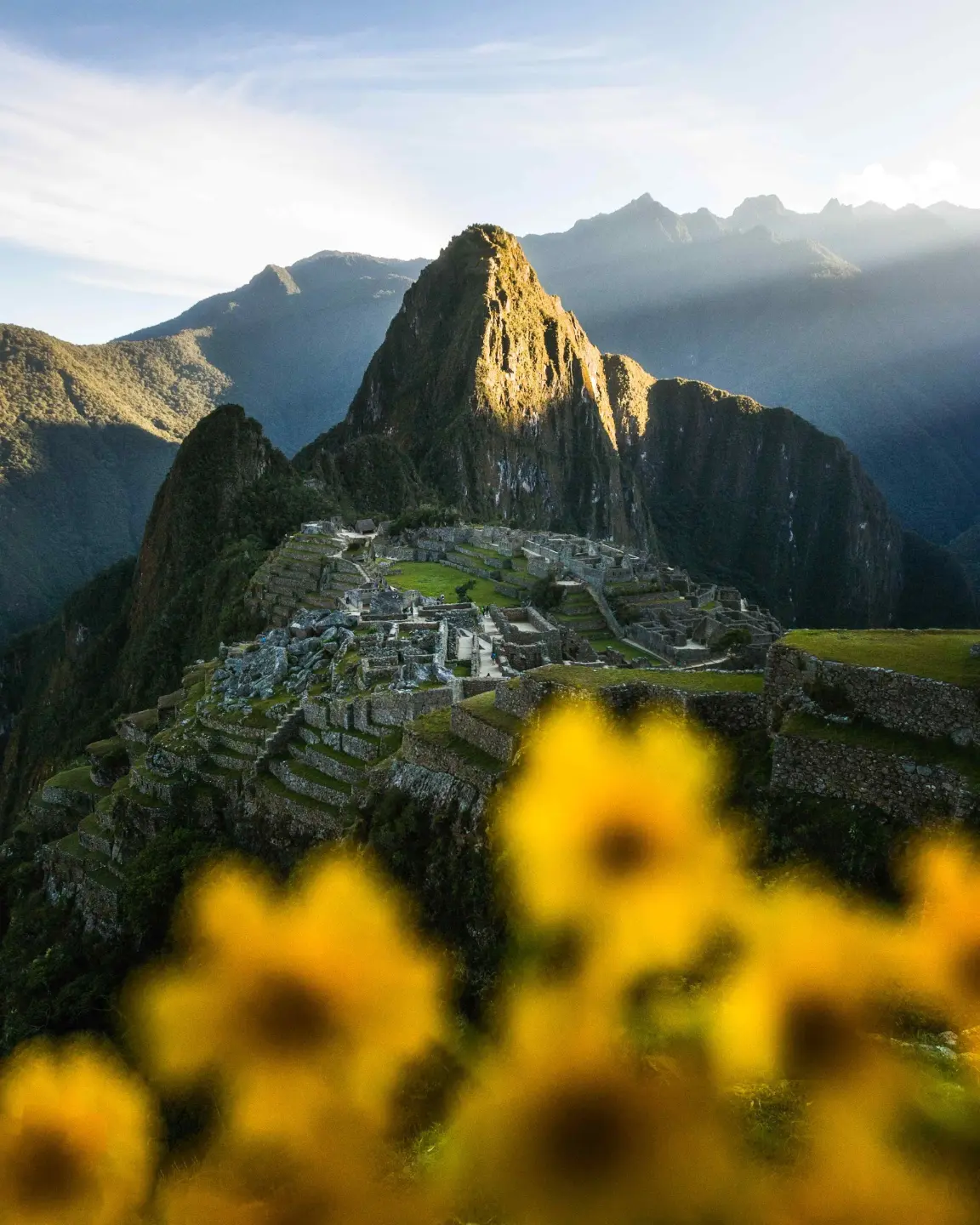
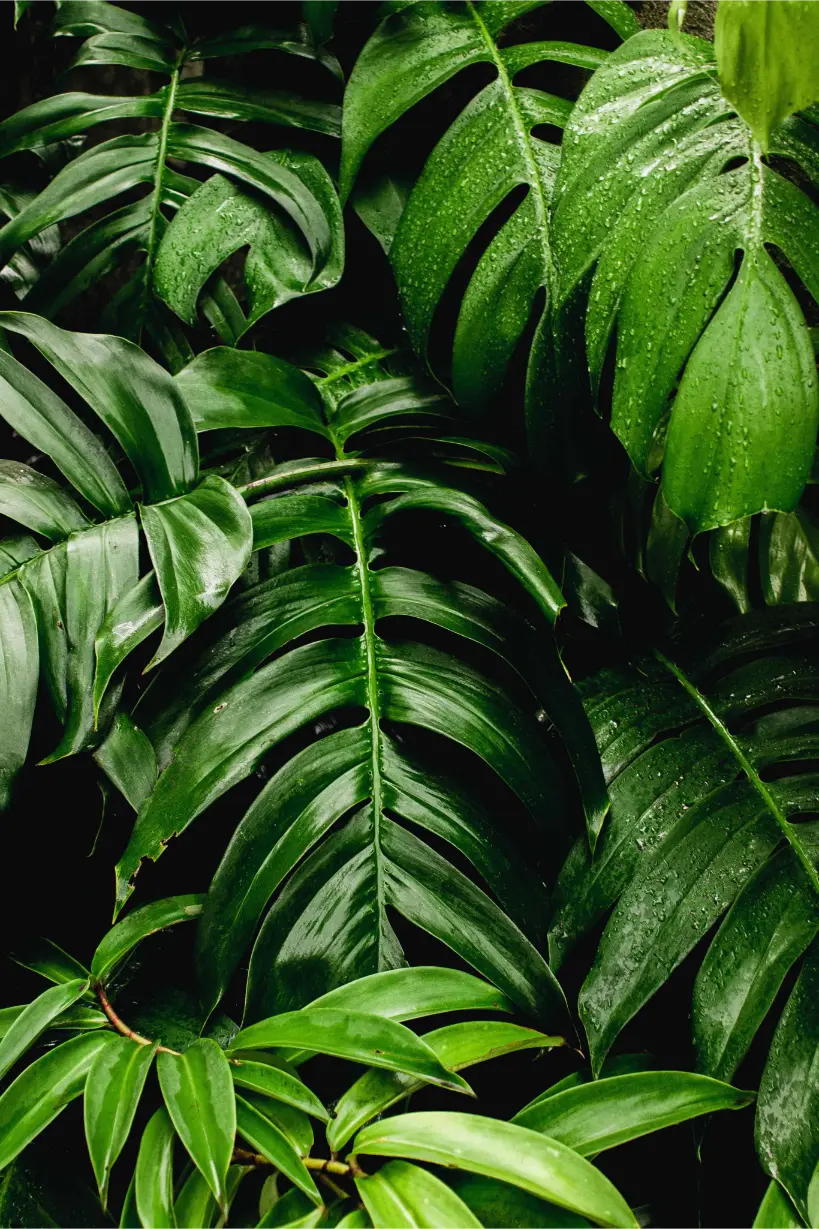
_result.webp)

.webp)
